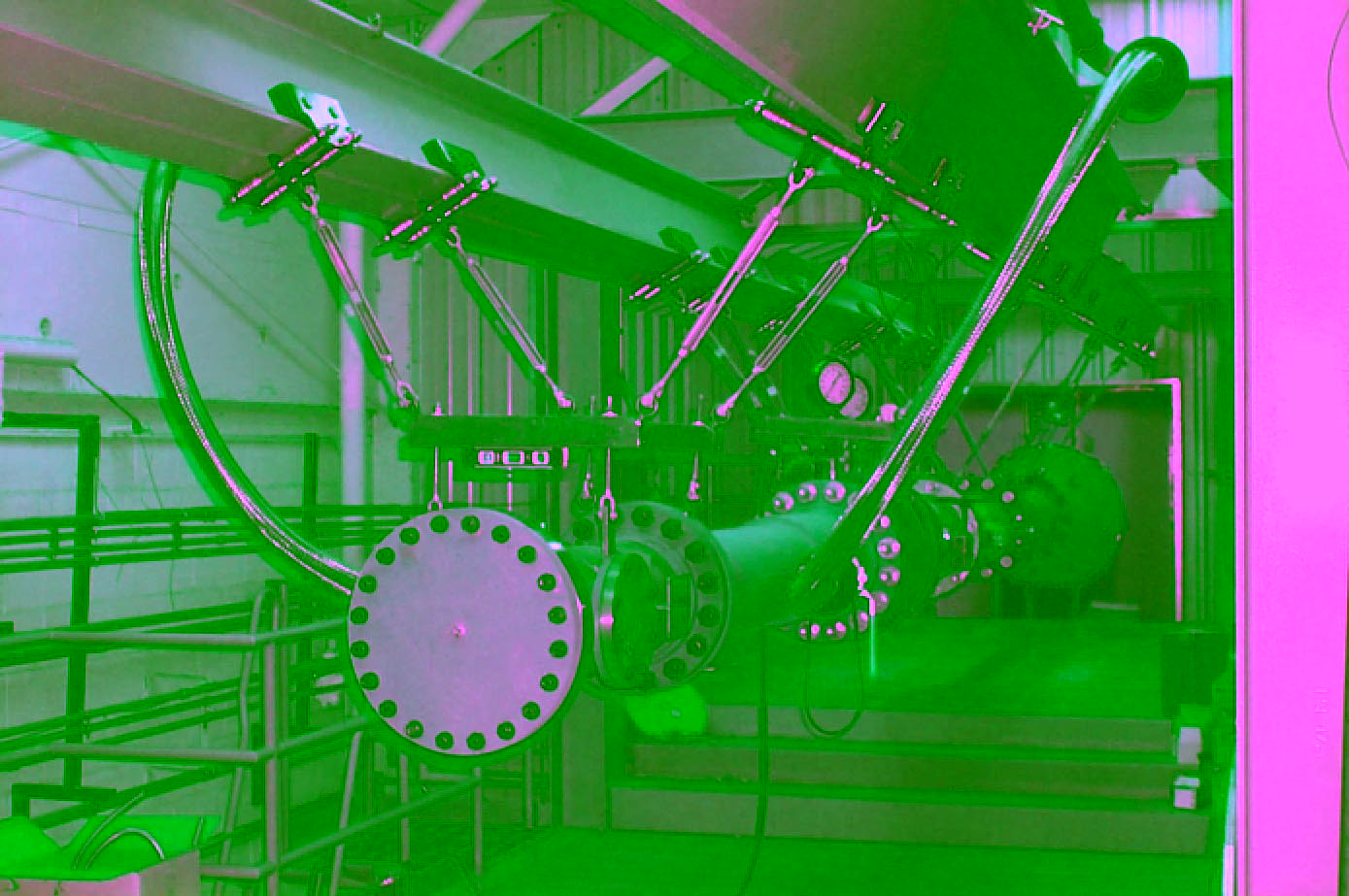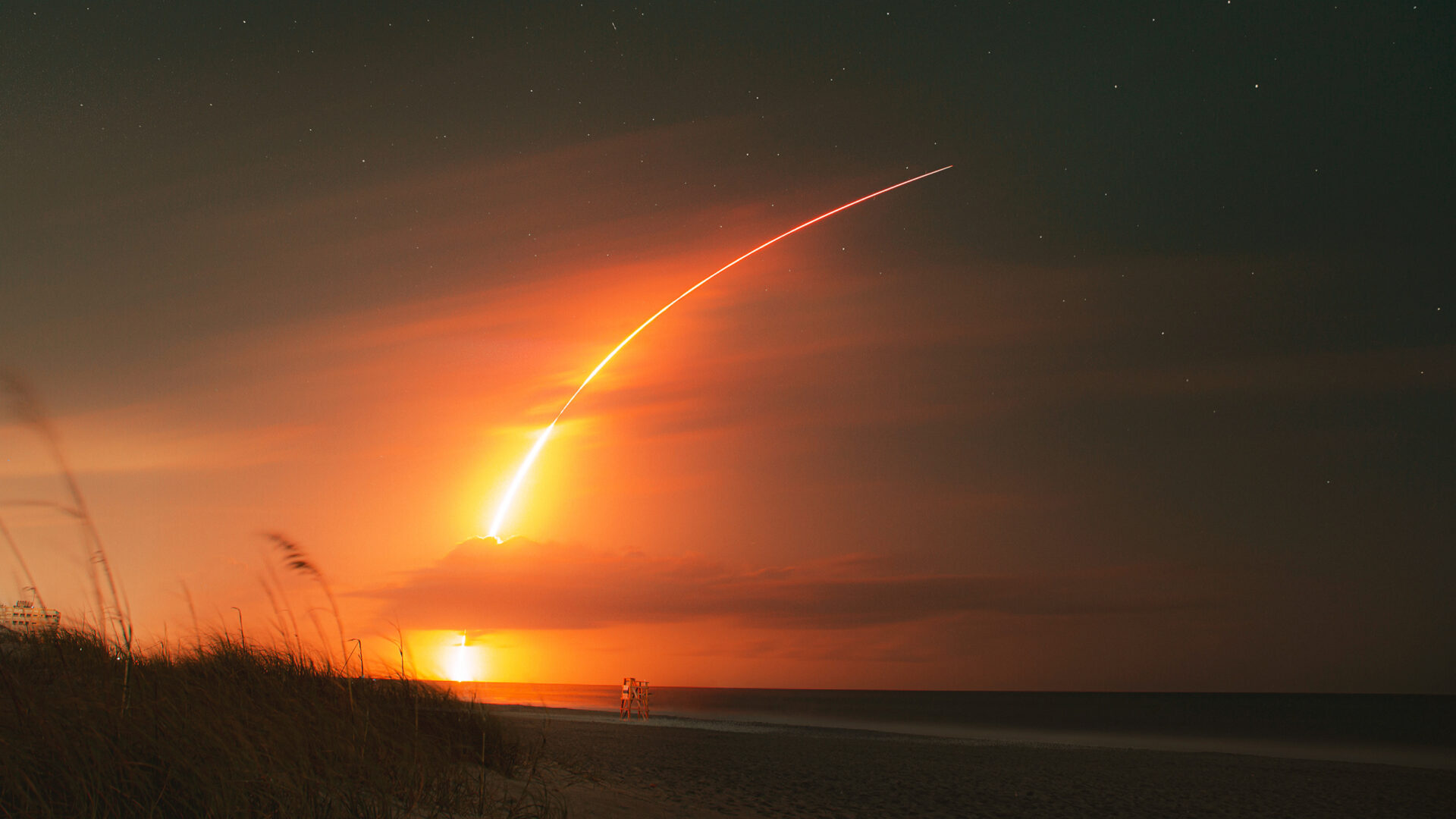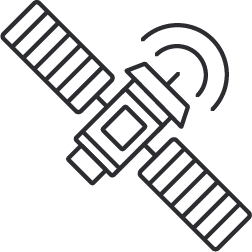Why Now?
Hypersonic technologies promise to transform great-power competition and warcraft by allowing missiles to reach targets halfway across the world in minutes.
- The United States, Russia, and China are investing billions of dollars into the study and development of hypersonic weapons that can evade existing defenses, as well as cutting-edge defensive capabilities involving satellites, sensors, and other technologies.
- Like any technological innovation in military affairs, many underappreciated factors make hypersonic systems potentially more or less revolutionary as well as more or less effective. Some of the effectiveness is dependent on the interplay of policy and strategy.
- Purdue University is building a Hypersonic Ground Test Center, a first-of-its-kind in the U.S. facility to test hypersonic technologies, administered by a consortium of national defense industry partners including Rolls-Royce.
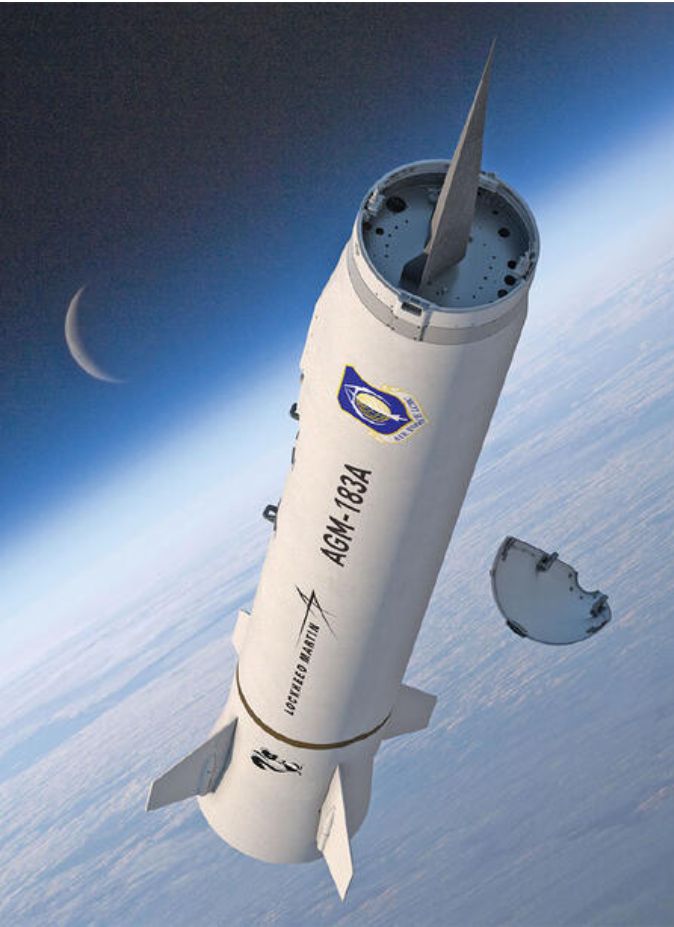
Commissioner for Hypersonics

Daniel DeLaurentis
Professor of Aeronautics and Astronautics, Purdue University
Commissioner for Hypersonics
System of systems integration is my research area and my passion; integrating technology and diplomacy for mutual benefit is the grandest manifestation of this approach.
Advisors

Carlos Cesnik
Aerospace Department Chair & Director of the Active Aeroelasticity and Structures Research Laboratory, University of Michigan

Kevin Bowcutt
Principal Senior Technology Fellow & Chief Scientist of Hypersonics, The Boeing Company
Intro to Krach Institute for Tech Diplomacy at Purdue Hypersonics Workshop
Watch Full Trailer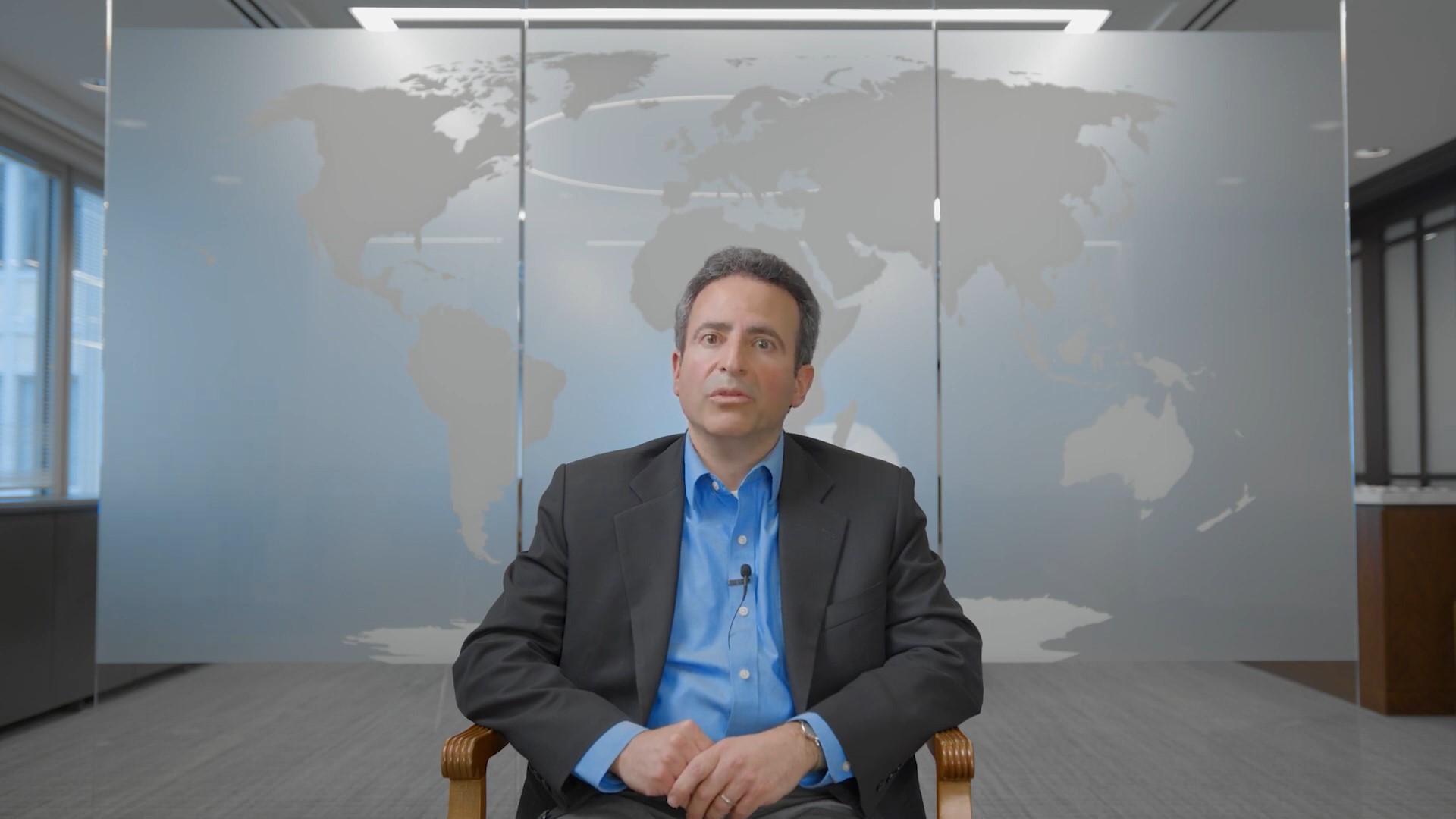

U.S. vs. China: The Race to Build Hypersonic Missiles
Watch on the Wall Street Journal